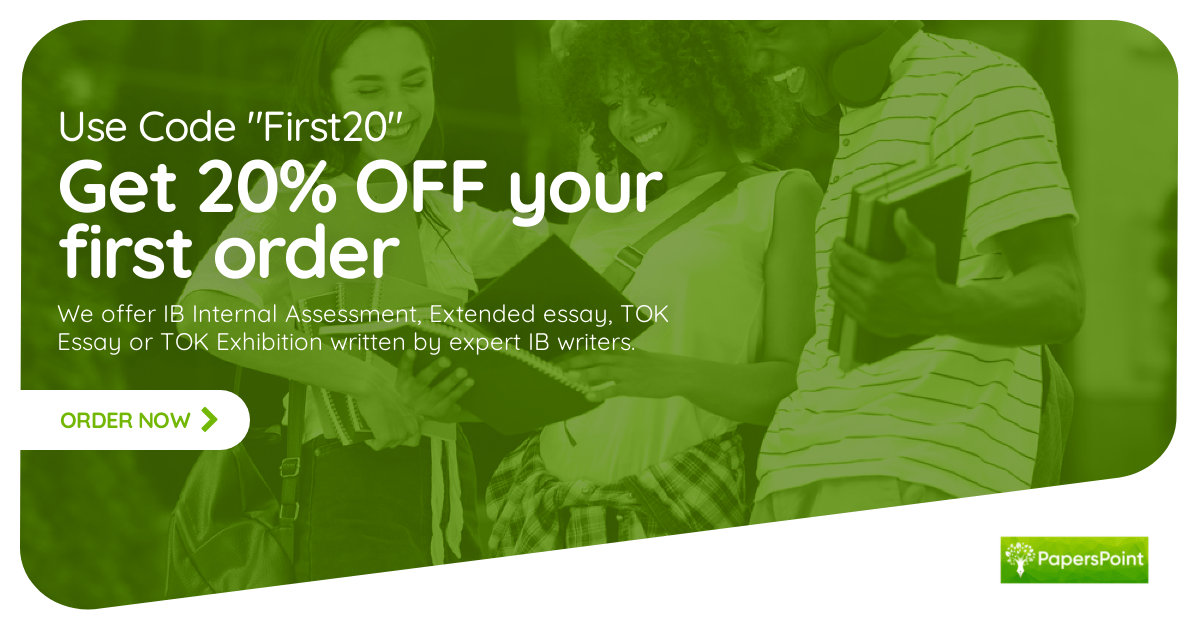Asking questions in an essay is an important aspect of critical thinking and analysis. When done effectively, it can help to deepen understanding, engage the reader, and strengthen the overall argument or analysis of the essay. In this article, we will cover the importance of asking questions, the different types of questions that can be asked, techniques for crafting effective and engaging questions, and provide examples of well-crafted questions from various types of essays.
Importance of Asking Questions
Questions play a vital role in critical thinking and analysis. They help us to explore new ideas and perspectives, challenge assumptions, and consider alternative viewpoints. Asking questions in an essay allows the writer to engage the reader, encouraging them to think more deeply about the topic at hand. Additionally, by asking questions in an essay, the writer can also demonstrate their own deep understanding and engagement with the topic.
One of the most important benefits of asking questions in an essay is that it can help to deepen understanding. By posing thought-provoking questions, the writer can guide the reader through the complexity of the topic, encouraging them to think more critically and analytically. This can lead to a more informed and nuanced understanding of the topic, which can be beneficial for both the writer and the reader.
In addition to deepening understanding, asking questions in an essay can also help to engage the reader. By posing questions that are relevant and interesting to the reader, the writer can capture their attention and keep them engaged throughout the essay. This can be especially effective when the questions are designed to provoke curiosity or challenge the reader’s assumptions.
Furthermore, asking questions in an essay can also strengthen the overall argument or analysis of the essay. By posing relevant and thought-provoking questions, the writer can guide the reader through the logic and reasoning behind their argument, making it more persuasive and convincing. Additionally, by anticipating and addressing potential counterarguments or objections, the writer can further strengthen their argument and make it more robust.
Ensure your essay meets academic standards by following these tips on how to cite sources correctly.
Types of Questions
There are several different types of questions that can be asked in an essay. These include rhetorical questions, probing questions, and clarification questions.
Rhetorical questions are questions that do not require an answer, but are used to make a point or elicit a particular response from the reader. For example, “How can we continue to ignore the issue of climate change?” This type of question is often used to provoke thought or make a persuasive argument.
Probing questions are designed to elicit specific information or explore a particular aspect of the topic. For example, “What are some of the key factors that contribute to poverty in urban areas?” These types of questions are often used to guide the reader through the complexity of the topic and encourage critical thinking.
Clarification questions are used to seek clarification or additional information about a particular aspect of the topic. For example, “What is the difference between a recession and a depression?” These types of questions are often used to help the reader understand complex or technical terms or concepts.
It’s important to note that when using these types of questions, it’s crucial to avoid leading or biased questions. Leading questions are those that suggest a certain answer or outcome, while biased questions are those that are slanted towards a certain viewpoint. Both of these types of questions can undermine the credibility of the essay and make it difficult for the reader to trust the writer’s analysis and arguments.
It’s also important to use a balance of these different types of questions throughout the essay. Rhetorical questions can be used to make a strong point or provoke thought, while probing and clarification questions can help to guide the reader through the complexity of the topic and encourage critical thinking. By using a combination of these different types of questions, the writer can create a more dynamic and engaging essay that effectively guides the reader through the topic.
Topics to Read:
Techniques for Asking Questions
When crafting questions in an essay, it is important to consider the purpose of the question and the intended audience. Additionally, it is important to avoid common pitfalls such as leading or biased questions.
One effective technique for crafting effective and engaging questions is to focus on the reader. By considering the reader’s perspective and interests, the writer can craft questions that are relevant and interesting to them. This can help to keep the reader engaged and encourage them to think more deeply about the topic.
Another technique for crafting effective questions is to avoid leading or biased questions. Leading questions are those that suggest a particular answer, while biased questions are those that are prejudiced in favor of or against a particular viewpoint. By avoiding these types of questions, the writer can ensure that the questions are fair and impartial.
It is also important to consider the tone and language used when asking questions in an essay. Using a neutral and objective tone can help to avoid any confusion or misinterpretation by the reader. Furthermore, using precise and specific language can help to avoid ambiguity and ensure that the question is clear and easy to understand.
Additionally, it can be helpful to vary the types of questions used in an essay. This can help to keep the reader engaged and prevent the essay from becoming monotonous. For example, using a mix of rhetorical, probing, and clarification questions can help to provide a well-rounded and comprehensive analysis of the topic.
Furthermore, it can be helpful to avoid asking too many questions in a row. This can overwhelm the reader and make it difficult for them to focus on the main points of the essay. Instead, it is recommended to spread out the questions throughout the essay, interspersing them with explanations, examples, and other types of evidence to support your argument.
Incorporating effective questioning techniques can take practice, but with time and effort, it can become an important tool in your writing arsenal. By asking thought-provoking and engaging questions in an essay, writers can guide readers through the complexity of a topic, deepen understanding and engagement, and strengthen the overall argument or analysis of the essay.
Get Help with Your Paper
Fill out the order form, and our writers will start immediately. You’ll get a unique, high-quality paper on time, even if you’re in a hurry.
Examples of Asking Questions in an Essay
- Use open-ended questions to encourage further discussion and analysis: Open-ended questions are those that cannot be answered with a simple yes or no. Instead, they require the reader to think more deeply about the topic and provide a more detailed response. For example, instead of asking “Is climate change real?”, you could ask “What are some of the factors that contribute to climate change and how do they affect the environment?” This type of question encourages further discussion and analysis.
- Incorporate a mix of different types of questions to keep the reader engaged: Incorporating a variety of different types of questions can help to keep the reader engaged and interested in the topic. For example, you could use rhetorical questions to provoke thought and reflection, probing questions to delve deeper into a topic and uncover new insights, and clarification questions to ensure understanding and avoid confusion.
- Make sure the questions are relevant and directly related to the topic: The questions you ask in your essay should be relevant and directly related to the topic at hand. Avoid asking questions that are not directly related to the topic, as this can confuse the reader and distract from the main argument.
- Avoid leading or biased questions that may influence the reader’s response: Leading and biased questions are those that suggest a particular answer or are prejudiced in favor of or against a particular viewpoint. These types of questions can influence the reader’s response and should be avoided. Instead, focus on crafting fair and impartial questions that allow the reader to come to their own conclusions.
- Use rhetorical questions to provoke thought and reflection: Rhetorical questions are those that do not require an answer, but are used to make a point or elicit a particular response from the reader. For example, “How can we continue to ignore the issue of climate change?” This type of question is often used to provoke thought or make a persuasive argument.
- Use probing questions to delve deeper into a topic and uncover new insights: Probing questions are designed to elicit specific information or explore a particular aspect of the topic. For example, “What are some of the key factors that contribute to poverty in urban areas?” These types of questions are often used to guide the reader through the complexity of the topic and encourage critical thinking.
- Use clarification questions to ensure understanding and avoid confusion: Clarification questions are used to seek clarification or additional information about a particular aspect of the topic. For example, “What is the difference between a recession and a depression?” These types of questions are often used to help the reader understand complex or technical terms or concepts.
- Use questions to guide the reader through your argument and support your main points: Asking questions in your essay can help to guide the reader through your argument and support your main points. For example, you could ask questions that build on previous points, or that preview upcoming points in your essay.
- Use questions to challenge assumptions and encourage critical thinking: Asking questions that challenge assumptions and encourage critical thinking can help to deepen understanding and engage the reader. For example, you could ask questions that challenge commonly held beliefs or that call into question commonly accepted ideas.
- Practice asking questions and incorporate feedback to improve your questioning skills: Asking effective and engaging questions takes practice. By incorporating feedback and continually refining your questioning skills, you can improve the quality of the questions you ask in your essays and become a more effective critical thinker and writer.
Final Thoughts
In conclusion, asking questions in an essay is an important aspect of critical thinking and analysis. By effectively using different types of questions, such as rhetorical, probing, and clarification questions, the writer can deepen understanding, engage the reader, and strengthen their overall argument or analysis. Techniques for crafting effective and engaging questions include focusing on the reader, avoiding leading or biased questions, and incorporating a mix of different types of questions. Additionally, it is important to make sure that the questions are relevant and directly related to the topic. By practicing asking questions and incorporating feedback, writers can improve their questioning skills and enhance their overall writing abilities. We encourage readers to incorporate these questioning techniques into their own writing to enhance their critical thinking and analysis skills.



